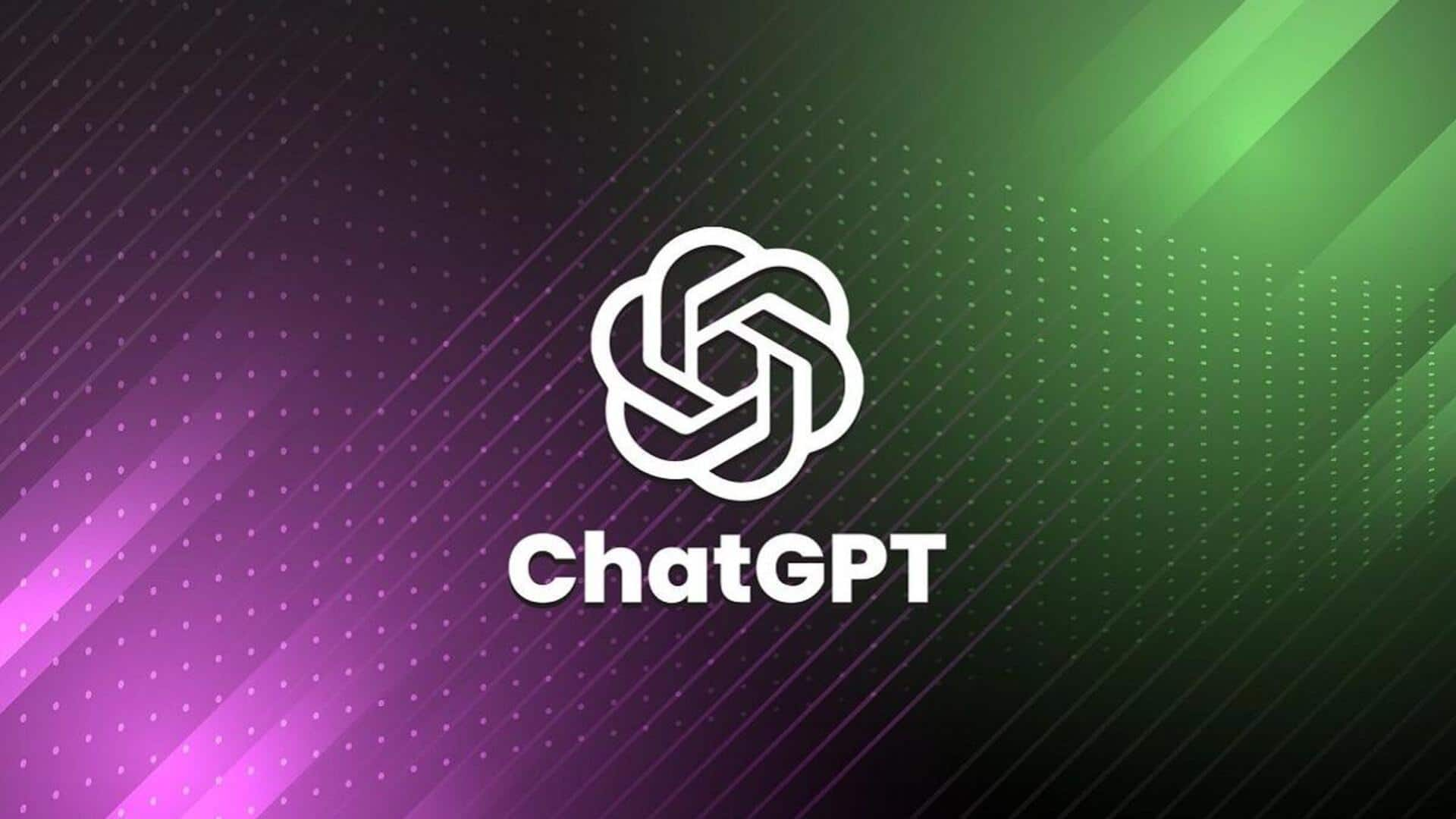
OpenAI uncensors ChatGPT's image generation feature—Check what is allowed now
What's the story
OpenAI has updated ChatGPT's image generation capabilities, introducing significant changes that have sparked both interest and debate within the tech community. The latest iteration brings a major change in OpenAI's content moderation policies, now allowing ChatGPT to generate images of public figures, hateful symbols in educational context, and racial features upon request. According to Joanne Jang, OpenAI's model behavior lead, the company is "shifting from blanket refusals in sensitive areas to a more precise approach focused on preventing real-world harm."
Expanded capabilities
Users can opt-out if they don't want ChatGPT depicting them
The adjustment is part of OpenAI's broader strategy to "uncensor" ChatGPT and reduce the number of topics the chatbot refuses to engage with. Under the revised policy, ChatGPT can now generate and modify images of public figures that were previously off-limits. OpenAI has also clarified that it doesn't intend to be the judge of who should or shouldn't be represented by ChatGPT. Users will have an opt-out option if they don't want ChatGPT depicting them, according to Jang's statement.
Educational exceptions
ChatGPT to allow generation of hateful symbols in educational contexts
OpenAI has also announced that ChatGPT users will be allowed to generate hateful symbols, like swastikas, in educational or neutral contexts. This is permitted as long as they don't "clearly praise or endorse extremist agendas." Additionally, OpenAI is redefining what constitutes "offensive" content for the AI model.
Creative flexibility
ChatGPT can mimic styles of creative studios
The updated version of ChatGPT can now mimic the styles of creative studios like Pixar or Studio Ghibli. However, it still refrains from imitating individual living artists' styles. Despite these changes, OpenAI maintains that GPT-4o's native image generator has more safeguards around generating images of children than DALL-E 3, its previous AI image generator.